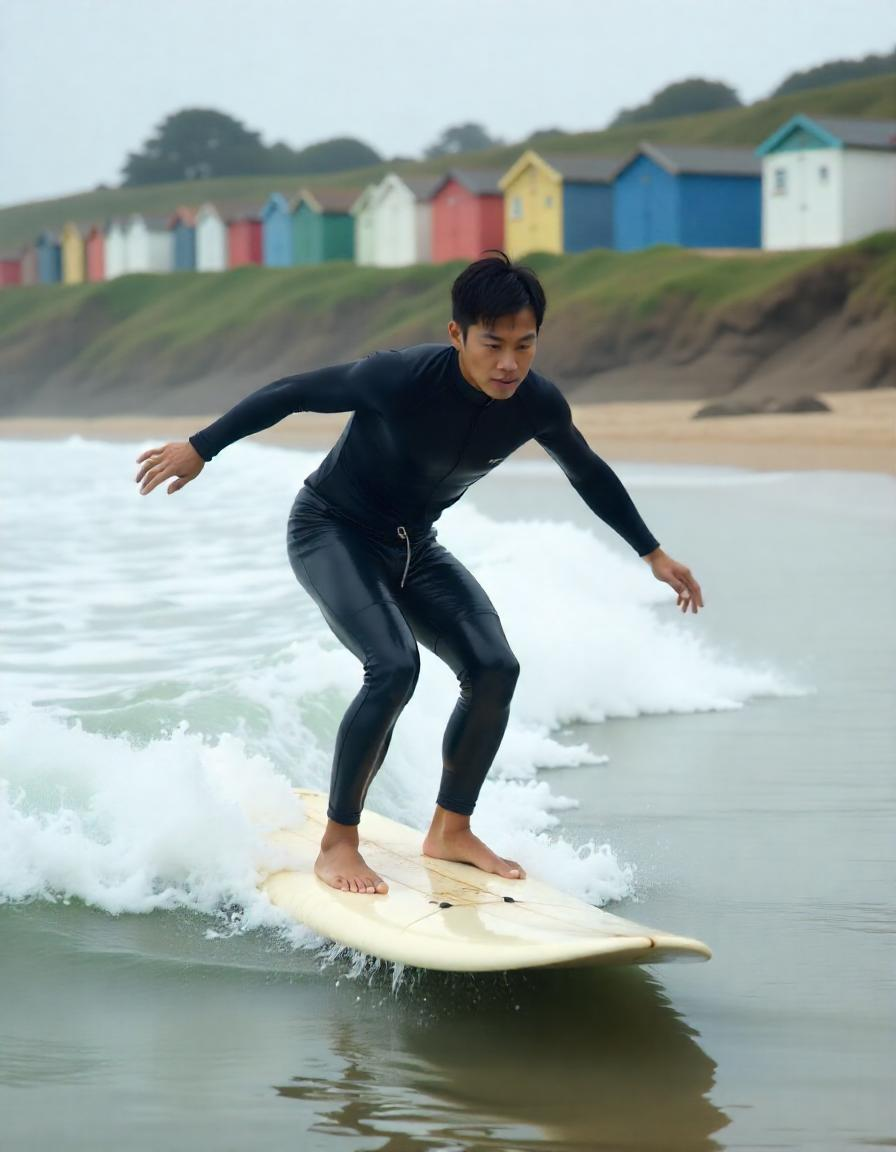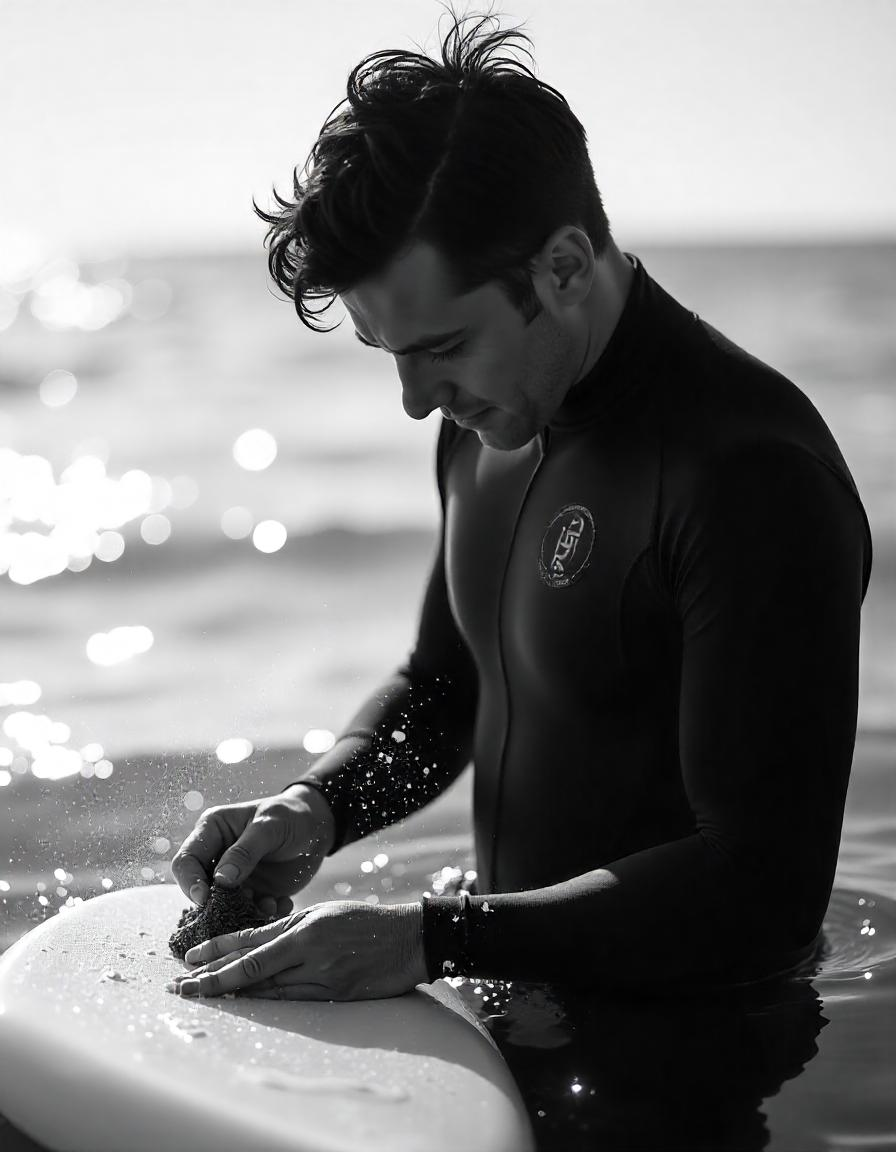Surfing in cold water can be both thrilling and demanding. From the icy waves to the bracing winds, it’s an experience unlike any other—but preparation and the right techniques can make it enjoyable and safe. If you’re ready to take on the challenge of surfing in winter, this guide is here to equip you with the essential know-how.
Why Surf in Cold Water?
Cold water surfing offers a unique connection to nature. The waves are often less crowded, and the energy in the water feels raw and invigorating. Plus, winter swells can be powerful and consistent, providing ideal conditions for surfers seeking quality rides.
However, dealing with lower temperatures requires extra preparation. Without proper planning, the cold can sap your energy and affect your performance. That’s why we’ve compiled these cold water surfing tips to help you make the most of your sessions.
Essential Gear for Cold Water Surfing
1. Invest in a Quality Wetsuit
A good wetsuit is your first line of defense against chilly waters. Winter surfing calls for a thicker wetsuit that offers excellent insulation.
- Thickness: A 5/3mm or 6/4mm wetsuit is recommended for most UK winter conditions.
- Features to Look For: Sealed seams, thermal lining, and a snug, flexible fit to minimize water flushing.
- Tip: Consider a wetsuit with an attached hood for maximum coverage.
2. Don’t Forget Accessories
It’s easy to overlook the smaller gear, but they’re often just as important.
- Boots and Gloves: Choose neoprene boots (5-7mm) and gloves (3-5mm) for warmth and protection.
- Hood: Reduces heat loss from your head, which is crucial in cold water.
- Wax for Cold Water: Ensure your board has proper traction with surf wax designed for low temperatures.
3. Prepare a Warm Post-Surf Setup
A portable changing robe, a thermos of hot water, and a fleece-lined hoodie can make a world of difference after you’re out of the water.
Physical Preparation for Cold Water Surfing
Stay Fit and Warm
Surfing in cold conditions pushes your body harder. Build endurance and strengthen your paddling muscles through regular exercise. Before hitting the waves, warm up thoroughly with dynamic stretches or light cardio. This will increase circulation and reduce the shock of the cold water when you start paddling.
Breathe to Stay Calm
Cold water surfing can trigger the body’s natural “gasp reflex,” making it harder to control your breathing. Practice slow, steady breaths in icy conditions ahead of time, so you can remain calm when you paddle out.
Eating for Energy
A calorie-rich snack before surfing fuels your body to stay warm. Foods high in healthy fats, such as nuts or avocados, can provide sustained energy during long sessions.
Safety Tips for Surfing in Cold Waters
Know Your Limits
Cold water increases the risk of hypothermia, so avoid pushing yourself too hard. End a session as soon as you feel overly fatigued or notice early signs of cold-related stress, like numbness.
Surf with a Buddy
Having a partner to watch your back makes the experience safer, especially in challenging weather. Always communicate surf plans and keep an eye on each other.
Understand the Conditions
- Check the Forecast: Be aware of water temperature, wind chill, and wave height.
- Ocean Knowledge: Learn about rip currents and how to handle them.
Stay Visible
Low light and harsh weather often accompany winter surfing. Wear bright or reflective colors to ensure visibility to other surfers and rescue teams if necessary.
Techniques for Staying Comfortable
Take Breaks
Don’t hesitate to return to shore for a quick breather or to warm up briefly.
Stay Active
Moving constantly helps keep your body warm. Paddle intermittently to maintain blood circulation between sets.
Focus on Technique
Cold water sessions may limit how long you can surf, so make the most of each wave. Work on precision and timing rather than chasing every swell.
Post-Surf Recovery
Warm Up Gradually
After your session, change into dry clothes as quickly as possible. Avoid rushing back to overly hot environments, as extreme temperature changes can shock your system.
Rehydrate and Refuel
Drink warm beverages and eat energy-rich snacks to replenish lost calories and boost recovery. Warm soup or hot chocolate can raise your core temperature effectively.
Care for Your Gear
Rinse your wetsuit and accessories with fresh water to protect them from salt and extend their lifespan. Hang them in a ventilated area to dry properly.
Final Thoughts
Cold water surfing is more than just a sport; it’s an adventure that tests your resiliency and connection to nature. With the right preparation, you can surf throughout the year while staying safe and comfortable. The icy waters may present challenges, but they also offer rare rewards, like unforgettable waves and peaceful, crowd-free sessions.
Call to Action
Eager to experience the thrill of cold water surfing? Grab your gear, brave the elements, and discover the beauty and power of winter swells. Every wave offers a chance to push your limits and grow as a surfer. The challenge awaits!





